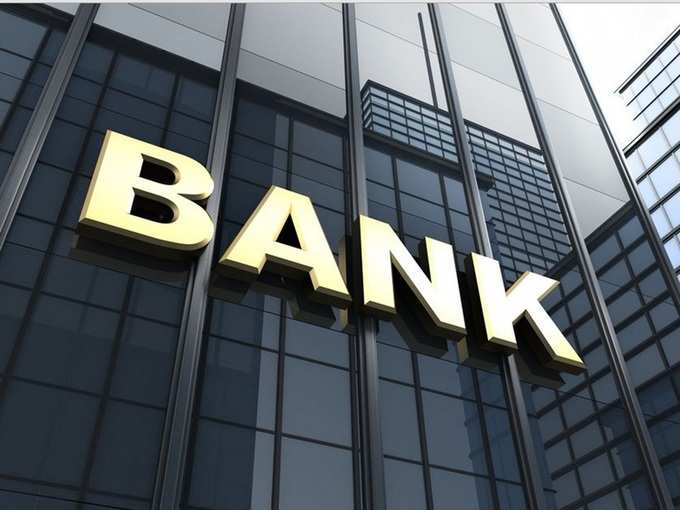 When Raghuram Rajan took over as RBI’s governor in September 2013, he promised a far-reaching overhaul of the legacy banking system. Unlike his predecessors, Rajan, an alumnus of
When Raghuram Rajan took over as RBI’s governor in September 2013, he promised a far-reaching overhaul of the legacy banking system. Unlike his predecessors, Rajan, an alumnus of In fact,
The policy changes initiated recently by the government and structural changes brought in by Rajan are yet to get translated into a palpable reality but are expected to change the way banking functions in the country within say five years.
To start with, instead on a near-monopoly of public sector banks, which now account for over 77% of the loan market, will soon be history. According to experts, instead of a clutch of public-sector banks playing a dominant role, offering the entire bunch of banking offerings, the country is moving towards a stage which will be marked by diluted presence of PSU banks and increasing share of niche banks that offer only specific products or cater to a particular group of customers. The shift towards an increasing number of niche banks was evident in the number of applications that came before RBI for getting licence for payments banks and small finance banks. Over 100 entities have applied for licence to set up these niche banks, though RBI is expected to exercise caution while awarding licences. Besides, the postal department's plan to eventually become a full service bank could hamper the monopoly that state-run lenders enjoy in the hinterlands.
The recent decision by the government to capitalise public sector banks, based on their efficiency, is likely to snap the muscle power that PSU banks enjoy. As consolidation gains momentum, weaker banks, which struggle to manage mounting non-performing loans, reducing their ability to raise capital from the market, may be forced to come under wraps of bigger ones or stop business.
As customer preferences change radically due to technological innovations, banks that rely on savings deposits to attract customers are likely to face oblivion soon.
According to analysts, mobile as well as any-time, anywhere banking is expected to bring in a sea change in the sector. This combined with the larger participation of the unbanked in the mainstream banking space through the government’s persistent efforts to move on to a stage of ‘inclusive banking’, will transform the sector in a few years from now.
However, the growing threat of non-performing assets (NPAs) continue to be a drag on the government’s and RBI’s plans to revamp the banking sector.
Bad loans—loans that are six months or more in arrears plus those whose terms have been altered to make repayment easier—account for more than 12% of total assets of in public-sector banks in the country. Considering the fact that public-sector banks account for more than 70% of the loan market, the challenge seems insurmountable.
According to the
In the first week of June, RBI cut its main benchmark rate by 0.25 percentage points for the third time this year, to 7.25%. Despite repeated cuts and the RBI’s fervent pleas to pass on the effects of the rate cut to customers, banks have been cautious in announcing reduction in rates as they continue to battle the mounting challenge of bad loans. This has forces RBI to express concern that the lacklustre growth in bank credit may push up
This clearly suggests that the government and the central bank have to first control the growing challenge of NPAs so that the banking sector can effectively transit to the next stage of a futuristic makeover. (Image: Thinkstock)